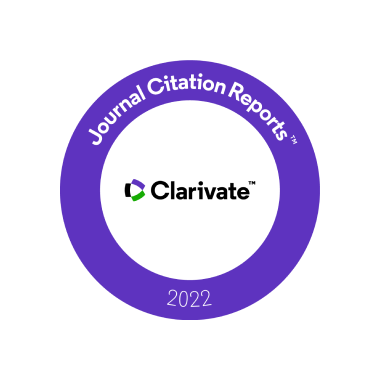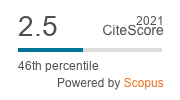A Powerful Yet Efficient Iris Recognition Based on Local Binary Quantization
DOI:
https://doi.org/10.5755/j01.itc.43.3.5225Keywords:
Iris Recognition, local binary quantization, feature extractionAbstract
A secure identification system based on human iris recognition has been an attractive goal for researchers for a long time. In this paper, we propose an efficient iris recognition scheme. To significantly reduce the computational time that is required for locating the iris boundaries in a captured eye image, only the 3- and 9- o’clock sides of the iris are considered in our scheme as a search area for finding the outer boundary of the iris. The donut-shape of the iris is then mapped into a rectangular region with constant dimensions to mitigate the problem of changing the iris size that may occur due to having variations in the image capturing conditions. Thenceforth, the lower half of the iris ring is considered as a region of interest for feature extraction. This region is slightly interfered by eyelids and eyelashes. The feature extraction process is performed by a proposed local binary quantization technique. This technique requires a lower computational time than that of other techniques that extract the features of an iris using wavelet analysis (i.e., such as Fourier and Gabor analysis). It should be borne in mind that the computational time of wavelet analysis could be a challenge in online applications. Furthermore, the parameters of wavelet analysis are set in advance and hence they may not adapt with some noises and changes in the iris image as a result of having variations in the image capturing conditions. However, the proposed local binary quantization technique is not affected by these variations. The CASIA iris database is used to conduct several experiments that show the performance of the proposed scheme. Compared to other schemes, the proposed scheme achieves a correct segmentation rate of 99% at a low segmentation time and a correct recognition rate of 99.34%.Downloads
Published
2014-09-24
Issue
Section
Articles
License
Copyright terms are indicated in the Republic of Lithuania Law on Copyright and Related Rights, Articles 4-37.





